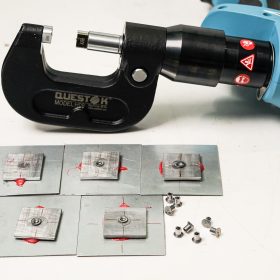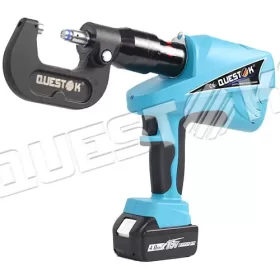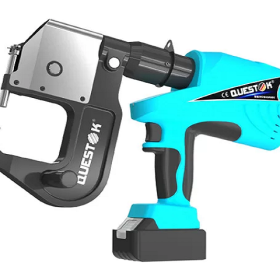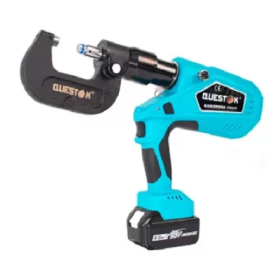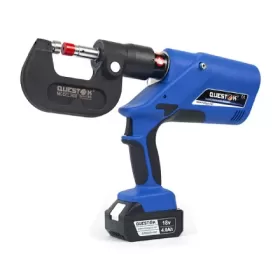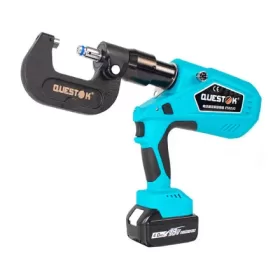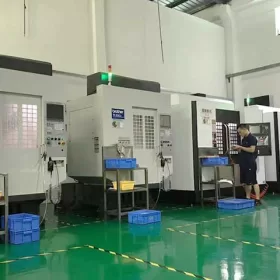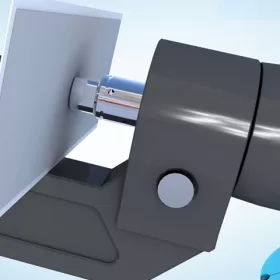Lightweight Solutions- Enhancing Fuel Efficiency with Aluminum Aircraft Rivets
The aviation industry is constantly seeking ways to improve fuel efficiency and reduce carbon emissions. One promising approach is the use of lightweight materials, such as aluminum rivets, in aircraft construction. “Lightweight Solutions: Enhancing Fuel Efficiency with Aluminum Aircraft Rivets” provides a comprehensive overview of this innovative technology, highlighting its potential benefits and challenges.
Materials and Manufacturing
Aluminum alloys have emerged as a preferred material for aircraft rivets due to their exceptional strength-to-weight ratio. These alloys are engineered to withstand the demanding loads and environmental conditions experienced by aircraft during flight. The manufacturing process involves cold-forming or semi-solid forming techniques to shape and treat the rivets, ensuring their durability and reliability.
Weight Reduction
The most significant advantage of aluminum aircraft rivets lies in their ability to reduce aircraft weight. Replacing steel or titanium rivets with aluminum counterparts can result in considerable weight savings. For instance, a single aluminum rivet can weigh up to 80% less than its steel counterpart, offering significant potential for fuel efficiency improvements.
Fuel Efficiency
The weight reduction achieved by using aluminum rivets translates directly into improved fuel efficiency. Lighter aircraft require less thrust to maintain flight, leading to reduced fuel consumption. Studies have shown that even modest weight reductions can translate into significant fuel savings over the lifetime of an aircraft.
Environmental Benefits
By reducing fuel consumption, aluminum aircraft rivets contribute to lower carbon emissions. The aviation industry accounts for a significant portion of global greenhouse gas emissions, and the adoption of lightweight materials can help mitigate this impact. By improving fuel efficiency, aluminum rivets play a role in reducing the environmental footprint of the aviation industry.
Other Benefits
In addition to fuel efficiency, aluminum aircraft rivets offer several other benefits. They are corrosion-resistant, ensuring long-term durability in harsh environments. Furthermore, their high strength and fatigue resistance contribute to the overall structural integrity of the aircraft.
Challenges and Limitations
While aluminum aircraft rivets offer numerous advantages, there are also some challenges and limitations to consider. Aluminum alloys are more susceptible to galvanic corrosion when paired with dissimilar metals, requiring careful material selection and design to prevent potential issues. Additionally, the production cost of aluminum rivets can be higher than that of traditional steel or titanium rivets.
Conclusion
“Lightweight Solutions: Enhancing Fuel Efficiency with Aluminum Aircraft Rivets” demonstrates the significant potential of aluminum rivets as a key technology for improving fuel efficiency in the aviation industry. Their lightweight, corrosion resistance, and high strength make them a viable alternative to traditional rivets. By reducing aircraft weight and fuel consumption, aluminum rivets contribute to reducing carbon emissions and promoting a more sustainable aviation sector. As the industry continues to pursue innovative solutions, aluminum aircraft rivets are poised to play an increasingly vital role in shaping the future of aviation.
- Company News
- Industry News
- Tag
- Tags
-
The Advantages of Questok Rivet Guns: Precision, Efficiency, and Durability
In industrial fastening applications, the choice of tools directly impacts productivity, safety, and long-term cost-effectiveness. Questok rivet guns have emerged as a standout solution for professionals across aerospace, automotive, and construction sectors. Combining advanced engineering with user-centric design, these tools deliver unmatched performance. Below are the key advantages that make Questok rivet guns a preferred choice:
-
Rivet Gun FAQ
Rivet Gun FAQ-SPR
-
Fast Assembly and Repair With Cordless Solid Rivet Gun
Questok cordless solid rivet gun stands out as a pivotal innovation, merging portability with power to facilitate efficient and effective fastening in a myriad of applications.
-
Redifine The Role of Self-piercing Riveting Gun Machine
Self-piercing riveting adopts high-speed mechanical fastening skill that joins thin sheet materials, typically steel and aluminum alloys.
-
The Latest Innovations in Clinching Tool Design
Explore the latest innovations in clinching tool design, redefining precision, efficiency, and versatility in material joining.
-
The Application and Maintenance of Self-Piercing Rivet Guns
Delve into the applications of self-piercing rivet guns in the automotive and aerospace industries and reveal the essential maintenance practices that ensure their accuracy and efficiency.
-
Rivetless Riveting Gun for Ventilation Duct Projects
The ventilation duct rivetless gun is a tool for riveting ventilation ducts without rivets.
-
Guide to Using Self-Piercing SPR Riveting Gun
In the automotive industry, self-piercing SPR (Self-Piercing Rivet) riveting guns are commonly used for joining metal components in vehicle bodies, including BMW vehicles.
-
Rivet Gun FAQ
Rivet Gun FAQ-SPR
-
Versatile Fastening- Applications of the Handheld Rivet Gun Across Industries
In the realm of fastening, the handheld rivet gun stands as a testament to ingenuity and versatility. Its ability to effortlessly join materials with sheer strength and permanence has revolutionized manufacturing and construction processes, leaving an enduring mark on diverse industries. Aerospace: Where precision and reliability are paramount, the rivet gun shines. In aircraft assembly, […]
-
Time-Saving Tools- Speeding Up Projects with Electric Blind Rivet Guns
In the whirlwind of project deadlines, every minute counts. But what if there was a tool that could dramatically reduce assembly time, giving you an edge in the race against the clock? Enter the electric blind rivet gun: your secret weapon for lightning-fast and effortless riveting. Electric blind rivet guns are the ultimate time-savers for […]
-
Streamlining Fastening- How an Electric Blind Rivet Gun Enhances Efficiency
Introduction In the realm of manufacturing and assembly, fastening plays a crucial role in securing components and ensuring structural integrity. Traditional manual rivet guns, while reliable, are often time-consuming and labor-intensive. The advent of electric blind rivet guns has revolutionized the fastening process, significantly enhancing efficiency and productivity. This article delves into the benefits of […]
-
The Role of Automation in Electric Rivetless Clinching
Electric rivetless clinching (ERC) is a lightweight joining process that eliminates the need for rivets or other fasteners. This can lead to significant cost savings and increased production efficiency. Automation plays a critical role in ERC, enabling high-speed and high-volume production. Automated Feed Systems Automated feed systems are used to accurately position the two workpieces […]
-
Why Choose a Universal Self-Piercing Riveting Gun for Your Projects?
In the realm of construction and fabrication, riveting guns stand as indispensable tools for creating secure and robust connections. Among the various types available, universal self-piercing riveting (SPR) guns have emerged as a game-changer due to their versatility and efficiency. This article will delve into the compelling reasons why choosing a universal self-piercing riveting gun […]
-
Why Choose Stainless Steel Hollow Rivets for Your Projects?
In the world of industrial manufacturing, choosing the right fasteners for your projects is crucial for ensuring longevity and reliability. Among the many options available, stainless steel hollow rivets stand out as a superior choice for a wide range of applications. This article delves into the compelling reasons why stainless steel hollow rivets are the […]
-
Top Trends in Electric Rivetless Clinching Guns
In the realm of fastening technology, electric rivetless clinching guns have emerged as a revolutionary solution for a wide range of industrial applications. These advanced tools offer several преимущества and capabilities, revolutionizing the way businesses approach their fastening needs. Adoption of Brushless Motors Brushless motors have gained significant traction in electric rivetless clinching guns due […]
